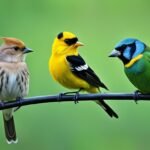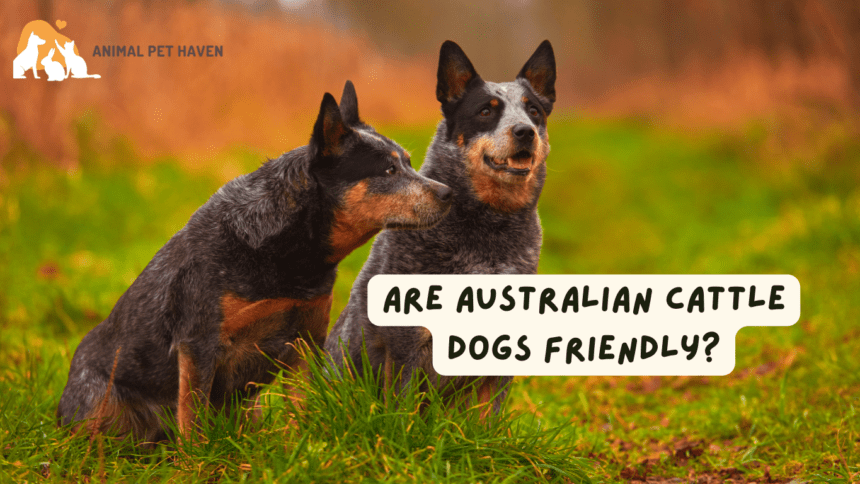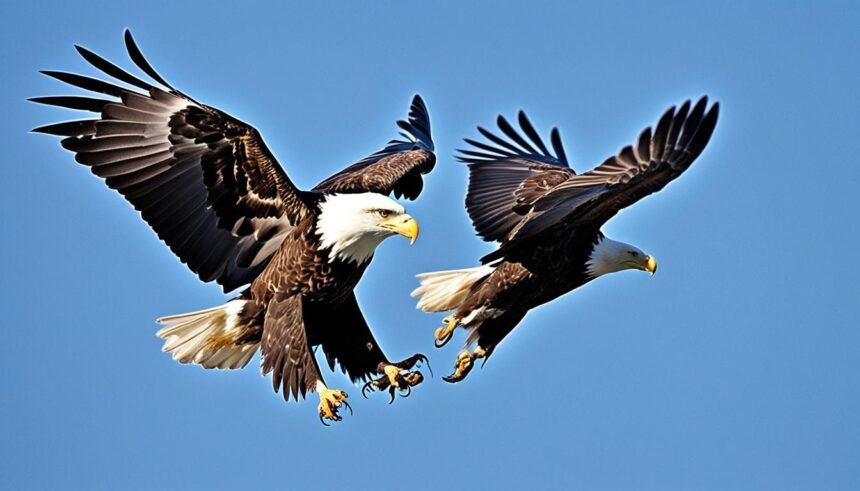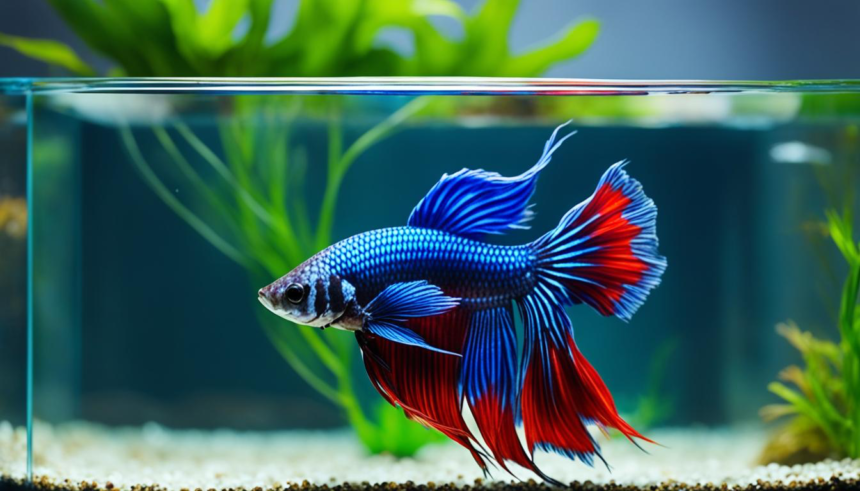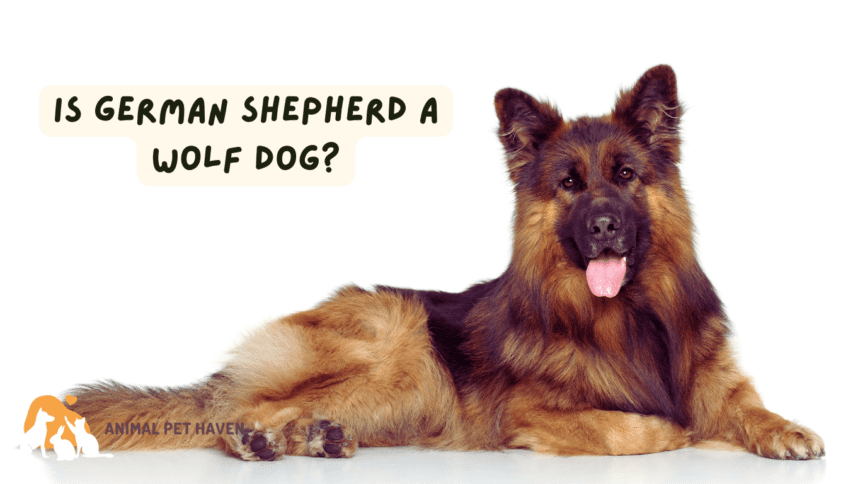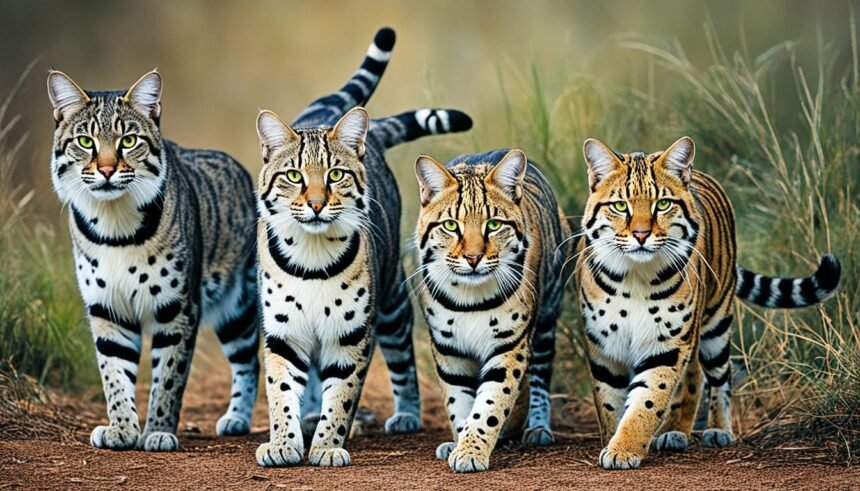The world is a canvas painted with the vibrant plumage and stunning colors of majestic avian species. From the breathtaking Scarlet Macaw to the exquisite Quetzal, birds have long captivated us with their beauty. But which bird reigns as the beautifulest in the world? Which avian wonder showcases the most enchanting and awe-inspiring features?
As we embark on a journey to uncover the true definition of beauty in the avian realm, we’ll explore the uniqueness and splendor of various species. Adorned with vibrant plumage and endowed with striking features, these extraordinary creatures leave us in awe of nature’s artistic prowess.
So, join us as we delve into the mesmerizing world of beautiful birds and celebrate the incredible diversity that makes each species a work of art in its own right. From the vibrant Scarlet Macaw to the elegant Quetzal, we’ll discover what sets these majestic avian wonders apart and why they are considered the epitome of beauty.
Resplendent Quetzal – The Jewel of Central America

The resplendent quetzal, often regarded as the most beautiful bird in the world, is a true gem of Central America. It boasts vibrant green plumage, with long, flowing tail feathers that trail behind it as it gracefully glides through the forest canopy. Native to the cloud forests of Central America, particularly in countries like Costa Rica and Guatemala, the resplendent quetzal is held in high esteem for its stunning beauty and cultural significance to the Mayan civilization. Its distinctive appearance and iridescent colors make it a true avian wonder.
Centuries ago, the resplendent quetzal was considered a sacred bird by the ancient Mayans, who believed it to be the representation of the god Quetzalcoatl. Its colorful plumage symbolized fertility, renewal, and the abundance of nature. Even today, the resplendent quetzal continues to captivate both locals and visitors, who admire its resplendent green feathers and awe-inspiring presence.
“The resplendent quetzal is like a living jewel, with its vibrant green plumage and majestic presence. It is a symbol of the rich natural heritage of Central America.”
Found in the misty mountain forests, the resplendent quetzal possesses not only stunning beauty but also incredible adaptability. It has a unique diet consisting of fruits, insects, and small vertebrates, and relies on the abundance of the cloud forest ecosystem for survival. Its long, elegant tail feathers and colorful plumage serve as both a means of attracting mates and as a form of camouflage in the dense vegetation.
Central America’s diverse landscape and lush forests provide the perfect habitat for the resplendent quetzal. From the highlands of Costa Rica to the remote valleys of Guatemala, these incredible birds can be spotted soaring through the treetops or perched on moss-covered branches. Witnessing the resplendent quetzal in its natural habitat is a truly unforgettable experience that highlights the splendor of Central America’s biodiversity.
Cultural Significance
The resplendent quetzal holds immense cultural significance across the region. In ancient Mesoamerican civilizations, its feathers were considered precious and were strictly reserved for the ruling elite. The Mayans believed that by wearing the quetzal feathers, they could channel the bird’s mythical energy and align themselves with the gods.
The resplendent quetzal’s association with royalty and divinity extends beyond ancient times. Today, it serves as a national bird in both Guatemala and Costa Rica, representing the countries’ commitment to environmental conservation and their rich cultural heritage.
| Key Features of the Resplendent Quetzal | Information |
|---|---|
| Scientific Name | Pharomachrus mocinno |
| Habitat | Cloud forests of Central America |
| Diet | Fruits, insects, small vertebrates |
| Plumage | Vibrant green with red breast feathers in males; duller green with white breast feathers in females |
| Wingspan | Approximately 30 inches (75 cm) |
| Conservation Status | Near Threatened |
The resplendent quetzal’s undeniable beauty and cultural significance have made it an icon of Central America. It serves as a reminder of the region’s incredible biodiversity and the need to protect its delicate ecosystems. By conserving the habitat of these magnificent birds, we ensure that future generations can continue to marvel at the resplendent quetzal’s resplendent beauty.
Green-headed Tanager – A Colorful Songbird from South America

The green-headed tanager is a striking songbird with multi-colored plumage that is endemic to the Brazilian Atlantic Forest. Its opalescent colors make it a visual marvel, with vibrant hues that include shades of green, yellow, and blue. Surprisingly, these flashy colors serve as camouflage while the bird forages among the forest canopy in search of fruits and insects. Its presence adds a burst of color to the South American landscape, and its melodious songs can be heard echoing through the trees.
One of the most captivating aspects of the green-headed tanager is its multi-colored plumage. With a combination of green, yellow, and blue feathers, this vibrant songbird stands out in the lush greenery of the Brazilian Atlantic Forest. Its striking appearance makes it a beloved species for birdwatchers and nature enthusiasts alike.
The Brazilian Atlantic Forest – A Biodiversity Hotspot
The green-headed tanager is a testament to the incredible biodiversity found in the Brazilian Atlantic Forest. Spanning over 1.2 million square kilometers, this unique forest ecosystem is home to numerous plant and animal species found nowhere else on Earth. The Brazilian Atlantic Forest provides the perfect habitat for the green-headed tanager, with its dense foliage and abundant food sources.
The Melodious Songs of the Green-headed Tanager
Not only is the green-headed tanager a visual delight, but it also captures our attention with its vibrant song. Its melodious calls resonate through the forest, adding a musical touch to the natural symphony of the Brazilian Atlantic Forest. The green-headed tanager’s song is a reminder of the diverse soundscape found in our world and the beauty of avian communication.
Conservation Efforts for the Green-headed Tanager
Unfortunately, the green-headed tanager, like many other species in the Brazilian Atlantic Forest, faces threats due to habitat loss and fragmentation. Deforestation and urbanization have resulted in the decline of this vibrant songbird’s population. Conservation organizations are working tirelessly to protect the Brazilian Atlantic Forest and its unique inhabitants. By supporting these efforts, we can help ensure the survival of the green-headed tanager and preserve the natural beauty of this extraordinary ecosystem.
Keel-billed Toucan – The Rainbow Bill Beauty

The keel-billed toucan, with its vibrant bill and captivating appearance, is a true marvel of the South American forest canopies. This beautiful bird, scientifically known as Ramphastos sulfuratus, is widely recognized for its unmistakable, large, rainbow-colored bill that adds a splash of color to its mainly black plumage. Its vibrant bill is composed of six colors, including green, blue, red, orange, and yellow, making it a stunning sight to behold.
Endemic to the tropical forests of South America, particularly in countries like Belize, Costa Rica, and Panama, the keel-billed toucan is not just visually striking but also plays a significant role in its ecosystem. These toucans are known as “ecosystem engineers” because they help in seed dispersal through their feeding habits.
These toucans are primarily fruit-eaters, feasting on a variety of fruits found in the forest canopies. By consuming and digesting the fruits, they assist in seed dispersal, playing a crucial role in the regeneration of the forest. Their large bills enable them to reach deep into the fruits, maximizing their feeding efficiency and ensuring the survival of many plant species.
“The keel-billed toucan’s vibrant bill is not just ornamental; it has functional significance in the bird’s ecology.”
Besides their important ecological role, keel-billed toucans are also highly social birds. They often gather in small groups or flocks, engaging in playful activities and vocalizing their unique calls. These calls consist of a series of loud, croaking sounds that resonate through the forest canopies, allowing them to communicate with other toucans and establish their territories.
The Symbolism of the Keel-billed Toucan
In addition to its ecological contributions, the keel-billed toucan holds cultural and symbolic significance in South America. It has become an emblem for various organizations and initiatives dedicated to wildlife conservation and the preservation of tropical rainforests.
The vibrant bill of the keel-billed toucan has inspired artists, writers, and filmmakers, who have celebrated its beauty and uniqueness. It has become an iconic symbol of the rich biodiversity found in the forest canopies of South America, reminding us of the wonders of nature and the need to protect and conserve these fragile ecosystems for future generations.
Conservation Status and Threats
While the keel-billed toucan is not currently classified as endangered, it faces various threats due to habitat loss and hunting. The destruction of tropical rainforests for agriculture, logging, and urbanization has resulted in the fragmentation and degradation of its natural habitat. As a result, their populations have declined in certain regions.
Efforts to protect the keel-billed toucan and its habitat are crucial to ensure the continued survival of this stunning bird. Conservation organizations, researchers, and local communities are actively working towards preserving the forest canopies of South America and raising awareness about the importance of biodiversity conservation.
The Keel-billed Toucan in Captivity
Owing to its mesmerizing appearance, the keel-billed toucan is a sought-after species in the pet trade. However, it is essential to note that keeping toucans as pets requires a high level of commitment, knowledge, and resources. These birds have specialized dietary needs and require spacious aviaries to thrive and exhibit natural behaviors. When considering acquiring a keel-billed toucan, it is crucial to ensure that it comes from legal and ethical sources.
| Characteristics | Information |
|---|---|
| Scientific name | Ramphastos sulfuratus |
| Size | Approximately 20 inches (50 cm) long |
| Habitat | Tropical rainforests of South America |
| Diet | Primary fruit-eater, consuming a variety of fruits, insects, and occasional small vertebrates |
| Conservation status | Not classified as endangered, but faces threats due to habitat loss and hunting |
The keel-billed toucan’s vibrant bill, unique appearance, and ecological significance make it a true avian wonder. Its presence in the forest canopies of South America adds a touch of vibrant beauty and symbolizes the importance of preserving our natural heritage.
Bee Hummingbird – Miniature Jewel of Cuba
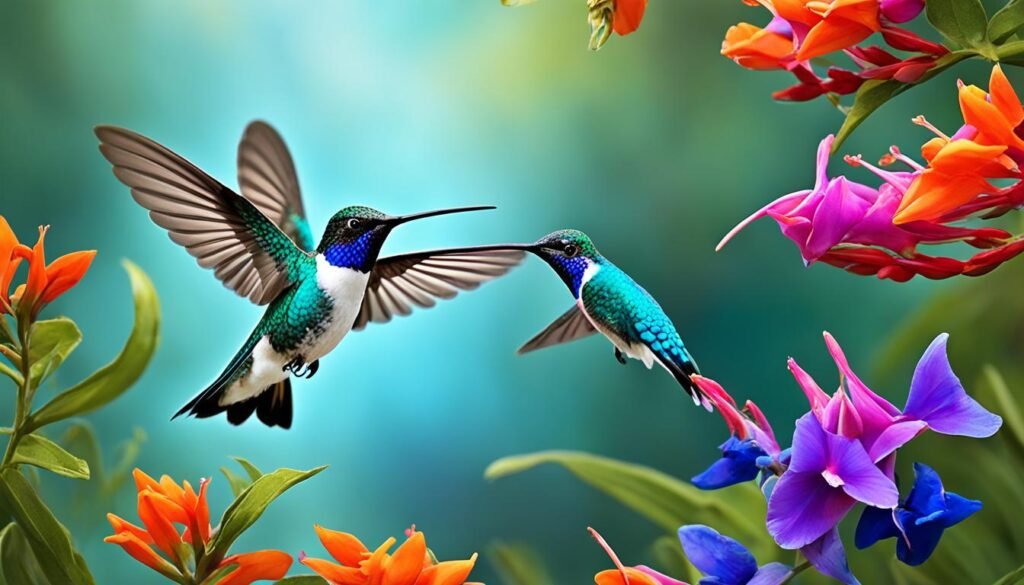
The bee hummingbird holds the title for being the smallest bird in the world, measuring only 2.4 inches (6.1 cm) in length. Found exclusively in the Cuban archipelago, this tiny bird exhibits an iridescent red head and throat, with black-tipped wings and bluish-green plumage. Despite its small size, the bee hummingbird plays a vital role in pollination as it flits from flower to flower, collecting nectar and transferring pollen. Its delicate beauty and importance in the ecosystem make it a true marvel of nature.
Key Features of the Bee Hummingbird
Here are the key features that make the bee hummingbird a unique and fascinating creature:
- Iridescent Plumage: The bee hummingbird showcases an iridescent plumage, with an enchanting mix of red, black, and bluish-green colors.
- Smallest Bird in the World: Measuring only 2.4 inches (6.1 cm) in length, the bee hummingbird is the tiniest bird on the planet.
- Vital Pollinator: Despite its size, this tiny bird plays a crucial role in pollination by transferring pollen from flower to flower as it feeds on nectar.
- Exclusive to the Cuban Archipelago: The bee hummingbird is found solely in the stunning Cuban archipelago, making it a unique and special inhabitant of the region.
“The bee hummingbird’s iridescent plumage and small size make it a true jewel of the Cuban archipelago.” – Ornithologist Dr. Maria Rodriguez
Conservation Status
The bee hummingbird, although abundant in its natural habitat, faces conservation challenges due to habitat loss and climate change. Efforts are underway to protect the Cuban archipelago and preserve the delicate ecosystem that sustains this marvelous creature.
| Key Information | Details |
|---|---|
| Scientific Name | Mellisuga helenae |
| Family | Trochilidae |
| Size | 2.4 inches (6.1 cm) in length |
| Distribution | Exclusively found in the Cuban archipelago |
| Feeding Habits | Collects nectar from flowers and feeds on small insects |
Wilson’s Bird-of-Paradise – The Dancing Wonder
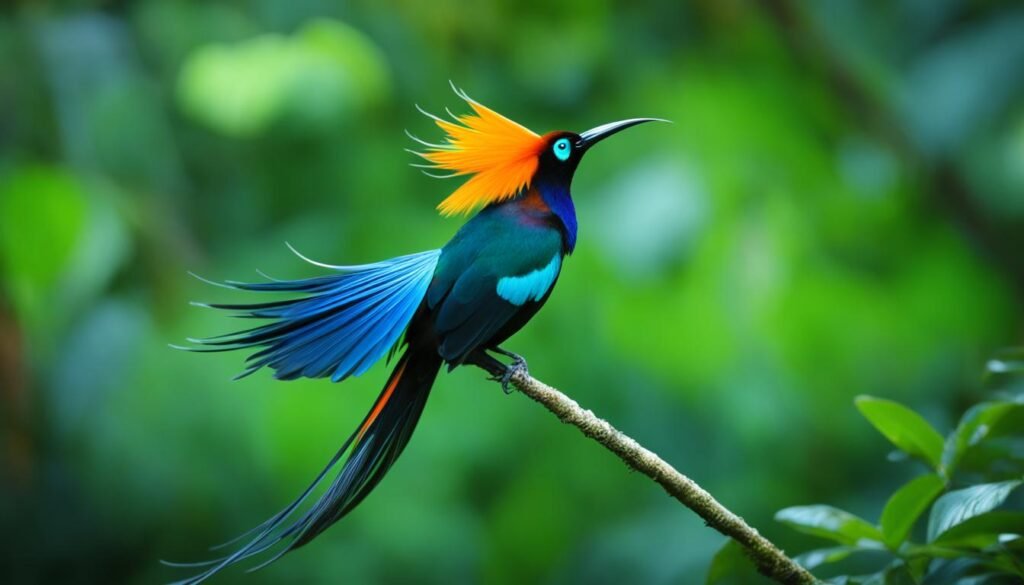
The Wilson’s bird-of-paradise is renowned for its extravagant plumage and mesmerizing mating displays. With a teal crown, bright green collar, and an array of decorative feathers, this bird-of-paradise species is a true spectacle to behold. Found in the West Papua region of Indonesia, this avian wonder adds an explosion of color to the forest canopy. The male’s intricate courtship dance, combined with its vibrant colors, makes it a winner in the realm of avian beauty.
Colorful Plumage and Exotic Appearance
The Wilson’s bird-of-paradise is adored for its vibrant plumage that captivates anyone lucky enough to catch a glimpse of this majestic creature. Its teal crown and bright green collar contrast beautifully with its rich black feathers, creating a visually striking appearance. Additionally, its long, ornate feathers add to its exotic allure, making it one of the most visually captivating birds in the animal kingdom.
This bird’s colorful appearance serves an important purpose in attracting potential mates during the mating season. The male Wilson’s bird-of-paradise utilizes its vibrant plumage to court females, showcasing its genetic fitness and ability to provide for a potential partner.
Mesmerizing Mating Displays
The mating displays of the Wilson’s bird-of-paradise are truly a sight to behold. The male performs an elaborate courtship dance, featuring a series of graceful movements that display its feathers in all their glory. Its teal crown is raised, and its iridescent feathers are spread wide, creating a mesmerizing display of colors and intricate patterns.
As the male bird-of-paradise moves with precision and agility, it creates a spectacle that is both captivating and unique. The colorful mating display is accompanied by enchanting calls and intricate footwork, all aimed at impressing the female.
Found in the Enchanting Forests of West Papua
The Wilson’s bird-of-paradise is native to the lush forests of West Papua, Indonesia. This region provides the perfect habitat for these birds, with its dense vegetation, abundant food sources, and the seclusion necessary for their vibrant displays. Surrounded by the vibrant flora and fauna of this rich ecosystem, the Wilson’s bird-of-paradise thrives and contributes to the enchanting biodiversity of the Indonesian rainforests.
Its presence in West Papua adds an element of wonder and vibrancy to the local ecosystem. The bird’s vibrant plumage is perfectly suited to the colorful surroundings, creating a visually breathtaking harmony in the forest canopy.
| Characteristic | Description |
|---|---|
| Vibrant Plumage | The Wilson’s bird-of-paradise exhibits vibrant colors, including teal, bright green, and black, creating a visually striking appearance. |
| Intricate Mating Displays | The male bird-of-paradise performs an elaborate courtship dance, showcasing its feathers and agility to attract potential mates. |
| Native Habitat | Found in the forests of West Papua, Indonesia, where the lush vegetation provides an ideal environment for these birds. |
Immerse yourself in the enchanting world of the Wilson’s bird-of-paradise. Witness its vibrant plumage and awe-inspiring mating displays, all in the magical forests of West Papua, Indonesia. This dancing wonder is a testament to nature’s artistic brilliance and the captivating beauty that our planet has to offer.
European Bee-eater – A Colorful Feast in Flight

The European bee-eater is one of Europe’s most colorful birds, showcasing vibrant plumage that captivates the eye. With its distinctive yellow throat, rusty brown upperparts, and turquoise underparts, it adds a splash of vibrant colors to the landscape.
This stunning avian species is not only visually appealing, but it also boasts unique feeding habits. The European bee-eater has a specialized diet consisting primarily of bees and other insects, which it catches in mid-flight. This aerial prowess allows it to indulge in a colorful feast as it glides effortlessly through the air.
What sets the European bee-eater apart is its remarkable skill in dealing with its prey. To avoid being stung, the bird skillfully removes the stingers by thrashing the captured insects against branches. This fascinating behavior demonstrates the bee-eater’s adaptability and resourcefulness in its pursuit of a meal.
The European bee-eater is predominantly found in southern Europe and North Africa. It migrates to southern Africa during the winter months to ensure a continuous supply of insects. The bird’s migratory patterns further highlight its adaptability and survival instincts.
Observing the European bee-eater in its natural habitat is a truly mesmerizing experience. Its vibrant plumage, unique feeding habits, and ability to thrive in different regions make it an intriguing subject for birdwatchers and nature enthusiasts alike.
Interesting facts about the European bee-eater:
- The European bee-eater is a social bird, often seen nesting in colonies.
- They construct their nests in sandy banks, using their beaks and feet to dig tunnels.
- These birds have a distinctive call that resembles a liquid “prrt-prrt” sound.
Why is the European bee-eater important?
“The European bee-eater plays a crucial role in controlling bee populations and maintaining the delicate balance of insect ecosystems. Its feeding habits contribute to the health and stability of the environment.”
Grey-crowned Crane – Majestic Elegance of Africa

The grey-crowned crane is a majestic bird that exudes elegance with its towering stature and beautiful plumage. Standing at 3.3 feet (100cm) tall, this crane species captivates with its grey body, white wings, and a striking crown of golden feathers. Found in the wetland and grassland regions of eastern and southern Africa, the grey-crowned crane is famous for its intricate mating display, which includes dancing, bowing, and inflating its red throat sack. This avian wonder is truly a symbol of grace and beauty.
Bullock’s Oriole – A Colorful Songbird of North America

The Bullock’s oriole is a vibrant songbird that graces the western side of North America with its colorful presence. With bright orange underparts, a black back, and large white wing patches, this medium-sized oriole species is a visual delight.
Known for its active nature and nimble movements, the Bullock’s oriole is constantly in motion, flitting through the trees with grace and agility. Its vibrant plumage stands out against the green foliage, making it a captivating sight for bird enthusiasts and nature lovers alike.
This beautiful bird is not just eye-catching; it also plays a vital role in its ecosystem. The Bullock’s oriole feeds on various food sources, including caterpillars, nectar, and fruit. As it searches for these resources, it inadvertently becomes an essential pollinator, facilitating the reproduction of plants and ensuring a healthy environment.
“The Bullock’s oriole is a true testament to the beauty and diversity of North America’s avian inhabitants.”
In addition to its vibrant plumage and important ecological role, the Bullock’s oriole is also known for its melodious songs. Its sweet, flute-like notes fill the air with music, adding to the enchantment of its surroundings.
This songbird is also fiercely protective of its nest, demonstrating determination and resilience when defending it from potential intruders. Its dedication to ensuring the safety of its offspring only adds to its appeal as a beautiful bird of North America.
The Bullock’s oriole’s presence in North America is a testament to the region’s abundance of natural beauty and diverse birdlife. Whether observed in its natural habitat or heard singing its melodious tunes, this vibrant bird never fails to inspire awe and appreciation.
Conclusion
The world is abundant with beautiful birds that captivate us with their vibrant plumage and extraordinary features. Each species, from the resplendent quetzal of Central America to the Bullock’s oriole of North America, offers a unique display of colors and elegance. Exploring the avian wonders of our planet allows us to appreciate the intricate beauty of nature and reminds us of the immense diversity that exists in the animal kingdom.
These magnificent creatures not only bring joy to our lives but also play important roles in their ecosystems. From pollination to insect control, birds contribute to the delicate balance of nature. Therefore, it is crucial that we continue to admire and preserve them for future generations to enjoy.
By supporting conservation efforts and promoting habitat protection, we can ensure that these avian wonders thrive in their natural environments. Let us celebrate the beauty and diversity of our feathered friends and work together to safeguard their future. Together, we can create a world where these magnificent creatures continue to inspire and captivate us with their unparalleled beauty.
FAQ
Can you provide a list of some of the most beautiful birds in the world?
Certainly! Here are some stunning birds that showcase nature’s artistic mastery:
– Resplendent Quetzal
– Green-headed Tanager
– Keel-billed Toucan
– Bee Hummingbird
– Wilson’s Bird-of-Paradise
– European Bee-eater
– Grey-crowned Crane
– Bullock’s Oriole
Where can I find the resplendent quetzal?
The resplendent quetzal is native to the cloud forests of Central America, particularly in countries like Costa Rica and Guatemala.
What makes the green-headed tanager special?
The green-headed tanager is endemic to the Brazilian Atlantic Forest and stands out with its opalescent, multi-colored plumage. Its vibrant hues of green, yellow, and blue add a burst of color to the South American landscape.
What is unique about the keel-billed toucan?
The keel-billed toucan is widely recognized for its large, rainbow-colored bill. With mainly black plumage and a vibrant yellow neck and chest, this toucan species adds a splash of color to the forest canopies of South America.
What is the size of the bee hummingbird?
The bee hummingbird holds the title for being the smallest bird in the world, measuring only 2.4 inches (6.1 cm) in length. Found exclusively in the Cuban archipelago, it exhibits an iridescent red head and throat, with black-tipped wings and bluish-green plumage.
Where can I find the Wilson’s bird-of-paradise?
The Wilson’s bird-of-paradise is found in the West Papua region of Indonesia. Its vibrant plumage and intricate mating displays make it a true spectacle in the forest canopies.
What is unique about the European bee-eater’s diet?
The European bee-eater has a unique diet that primarily consists of bees and other insects, which it catches in mid-flight. To avoid being stung, the bee-eater skillfully removes the stingers by thrashing the prey against branches.
Where can I spot the grey-crowned crane?
The grey-crowned crane can be found in the wetland and grassland regions of eastern and southern Africa. Standing at 3.3 feet (100cm) tall, this majestic bird captivates with its grey body, white wings, and a striking crown of golden feathers.
What makes the Bullock’s oriole special?
The Bullock’s oriole is a vibrant songbird that graces the western side of North America with its colorful presence. With bright orange underparts, a black back, and large white wing patches, this medium-sized oriole species is a visual delight.



